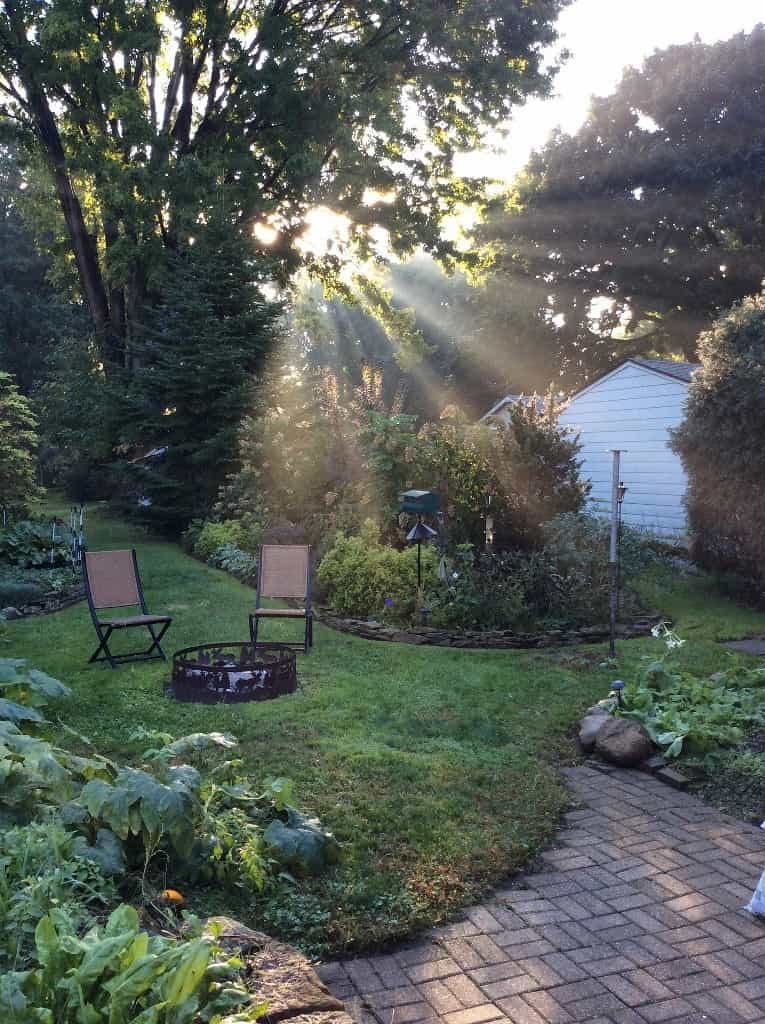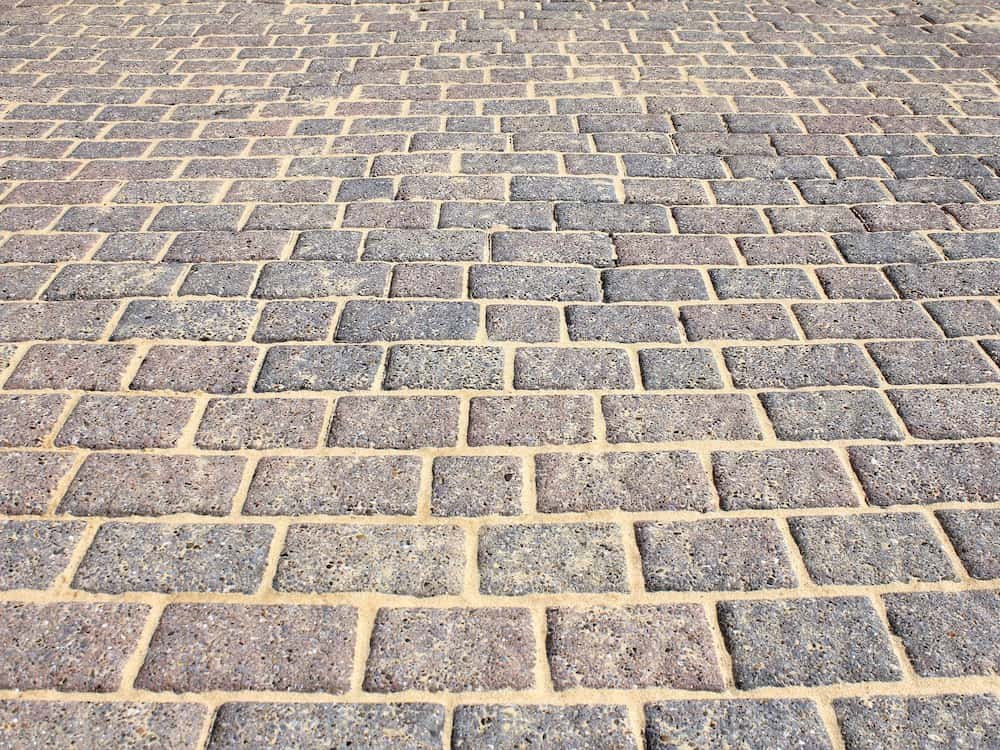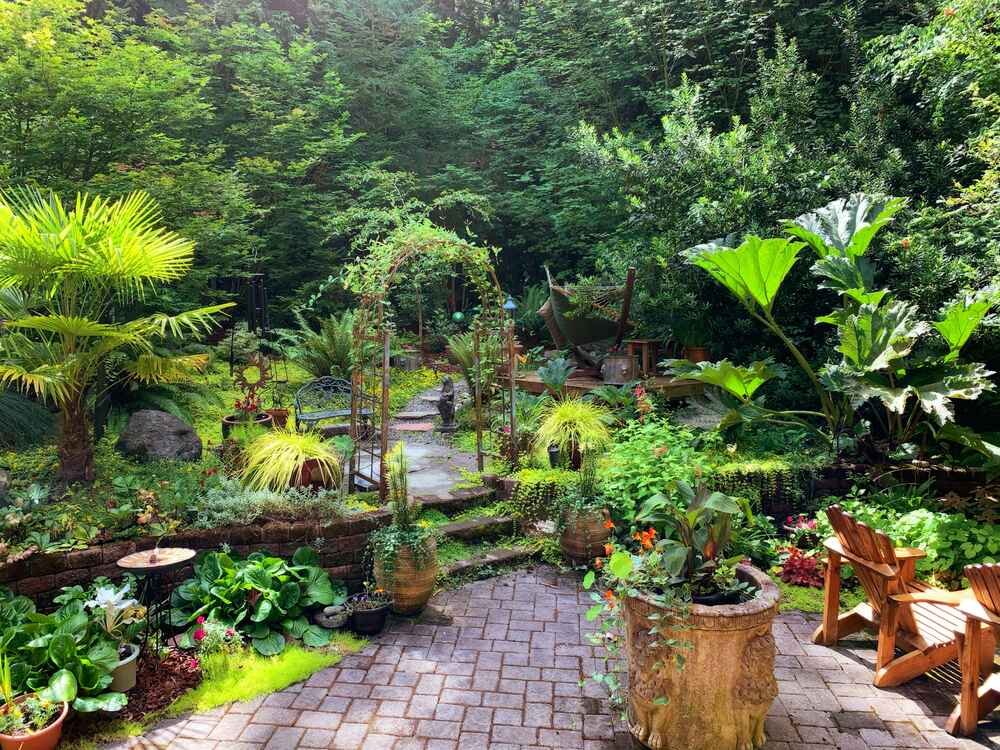How Long Does a Paver Patio Last?
Creating a perfect outdoor living space with patio pavers can be exciting. However, this project comes with challenges, such as choosing the best materials and the installation process. These factors are what determine the longevity of your paver patio.
Having been in the paving industry for a decade, I understand the challenges homeowners endure when creating an outdoor space. Armed with insights, I will help you answer the question, “How long does a paver patio last?” I will also share my wisdom to guide you through the longevity of your outdoor space.
How Long Does a Paver Patio Last?
When installed properly, a paver patio lasts 20-25 years. This lifespan can still be achieved without major repairs and maintenance. However, with proper maintenance and sealing, a paver patio can last up to 50-100 years or longer.
While pavers are made to last such a long time, various factors may influence their longevity. Some factors that influence their lifespan include the installation process, the type of paver, and climatic conditions in your area. Therefore, ensure you figure out these factors before creating your outdoor oasis.
What Reduces the Lifespan of Paver Patios?
As a homeowner, you want to have an outdoor space that is appealing and durable. However, you should remember that other factors may interfere with your patio's longevity. Here are some of the things that may reduce the lifespan of your paver patio:
Improper Installation
Improper installation is the primary cause of paver shifting and cracking, which diminishes their lifespan. Inadequate site preparation, such as insufficient excavation, inadequate gravel, and poor compaction, compromises the stability of the base.
With an unstable base, pavers will begin to settle and shift. This, in turn, will lead to uneven surfaces, making your pavers crack easily. So, what is the solution to this? Here is what to do to ensure proper installation:
Adequate excavation and proper grading: Ensure you excavate the area to the required depth (4 inches is ideal). Also, remove all unwanted vegetation and establish a consistent slope to facilitate proper drainage.
Quality base material: Always use durable and well-graded gravel for the base layer. This will ensure your base remains stronger for longer and provide adequate drainage. Still, you can use polymeric sand, which is explicitly designed for paver installation.
Proper compaction: Compact the base material thoroughly to achieve the required stability and optimal density. You can use a hand tamper or a compactor to do the compaction job.
Precise Paver installation: Plan the layout accordingly to reduce cutting your pavers. Minimizing pave cutting helps ensure a cohesive pattern, increasing aesthetics and integrity. If you must cut the pavers, do it precisely so that they fit correctly, maintaining a uniform and secure surface.
Installing edge restraints: Install reliable restraints to secure the perimeter of your patio. You can use plastics, pre-cast concrete, wooden materials, or metals.
Hiring a professional: Hiring a professional from a reputable company is advisable to help you do the job perfectly. At Aviara Pavers, we have professionals who will help you choose the best paving material to install and advise you on maintaining them properly. Our company follows ICPI guidelines for installing pool decks, patios, walkways, and driveways.
Improper Cleaning of Pavers
Improper cleaning of patio pavers is another factor that accelerates their deterioration. Not cleaning pavers correctly allows dirt, debris, and other organic matter to accumulate, enhancing weeds and moss growth. When weeds and moss are allowed to grow, they exert pressure on pavers, which later causes shifting and cracking.
Proper cleaning entails using the recommended detergents and ideal tools that do not interfere with the pavers’ surface. For instance, you can use a pressure washer, broom, or brush to help clean your pavers. Adjust the pressure to avoid washing the sand when using a pressure washer (1000 to 1500 psi is ideal).
Also, use cleaning solutions that do not damage the surface of your pavers. Water and mild soap are common cleaning solutions that tackle tough stains without damaging the pavers. Still, you can use baking soda and white vinegar as they work perfectly and are environmentally friendly.
Damage from Standing Water
Stagnant water poses a significant risk to your pavers as it erodes joint sand. With time, water erodes the joint sand, compromising the interlocking system. When the interlocking system weakens, pavers will begin to settle, shift, and finally crack.
Additionally, standing water can promote the growth of moss, weeds, and other vegetation. The growth of moss and other vegetation compromises patio pavers' base, aesthetics, and longevity.
The best solution here is to ensure proper drainage. This usually happens when installing the base. Ensure a consistent slope and use ideal sand and gravel to promote drainage.
Improper Paver Sealing
Sealing pavers is an ideal process that helps protect your pavers from tough stains, fading, oil, and penetration of UV rays. So, improper sealing of pavers diminishes their aesthetic appeal and structural resilience.
Therefore, to increase the longevity of the pavers, you need to use high-quality sealants designed for your paver type. Ensure you apply the sealant evenly to cover the entire area. This helps safeguard the pavers and extend their lifespan.
Lack of Paver Repairs
Repairing pavers when necessary is another way of ensuring they last longer. Lack of timely paver repair can lead to issues, decreasing their lifespan. Left unaddressed, cracks and uneven surfaces can worsen, compromising the structural integrity of the entire patio. Without repairs, water infiltration accelerates, causing further damage. This is especially true in freezing conditions.
To curb further damage, ensure regular inspection and prompt repair of any damaged paver. Replace damaged or cracked pavers, fix damaged edge restraints, seal the faded areas, and fill the gaps with sand when washed away. This way, your patio pavers will last longer, reducing the overall cost.
What Are Different Types of Patio Pavers?
Now armed with basic knowledge of increasing the lifespan of your pavers, you need to understand some of the patio pavers available. This way, you will be able to choose what paver suits your preference. Here are common examples:
Concrete pavers: These are made from cement, gravel, and water. They come in different shapes, sizes, and colors.
Brick pavers: These are crafted from clay and come in different shapes, sizes, and colors. They can be installed in any pattern.
Natural stones: They are made from natural stones such as gravel, limestone, and travertine. They showcase a unique texture and also come in different shapes and sizes.
Rubber pavers: These are made from recycled rubber. They are eco-friendly, durable, and provide a cushioned surface.
Related Questions
What Does Acid Wash Do to Pavers in Terms of Durability?
A diluted muriatic acid can help clean your pavers. It removes deposits and makes your pavers look new again. However, you should use it cautiously because it can damage the pavers when misused. The acid can react with the minerals in the pavers, causing discoloration.
Do Patio Pavers Fade Over Time?
Yes, patio pavers can fade over time. Paver fading is influenced by factors such as UV rays, weathering, harsh chemicals, and abrasion. Always seal your pavers to prevent them from fading.
What Is the Best Way of Preventing Weed Growth Between Pavers?
The best way to prevent weed growth between pavers is by laying a weed-blocking fabric during installation. The material is always laid after the base and before the paver installation. Another way is to brush polymeric sand between the pavers after installation.
Conclusion
The longevity of a paver patio is what every homeowner yearns for. With an increased lifespan, you can reduce unnecessary repair costs, saving you money. Remember that paver longevity entails care, resilience, and informed decision-making. This way, you can have an aesthetic outdoor living space.


